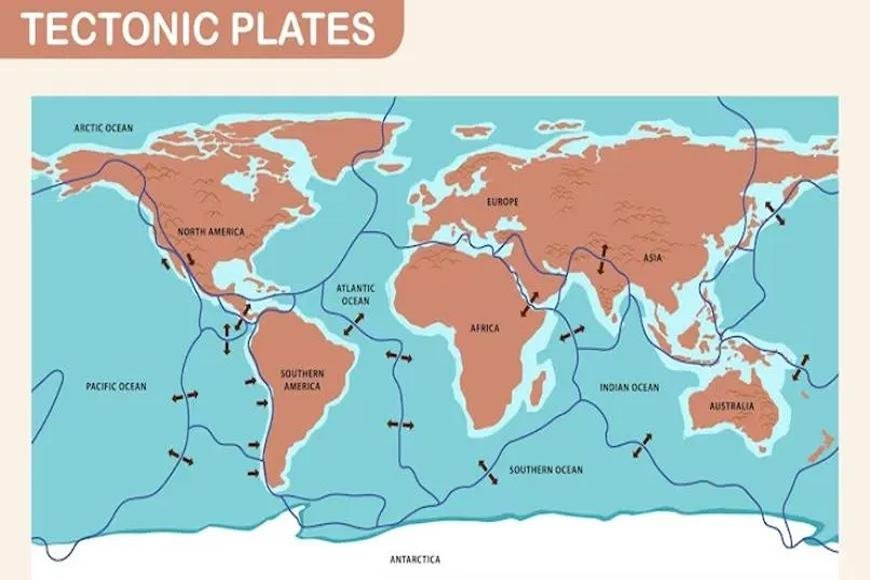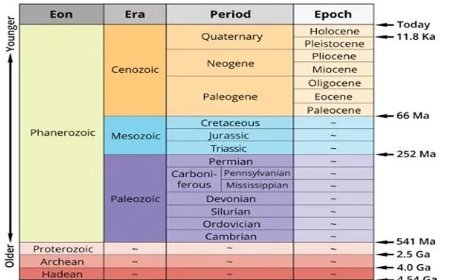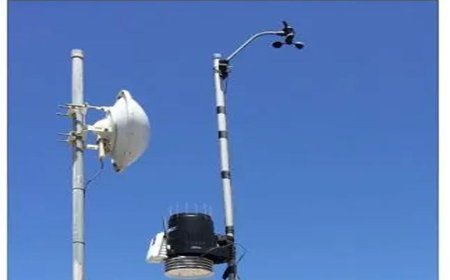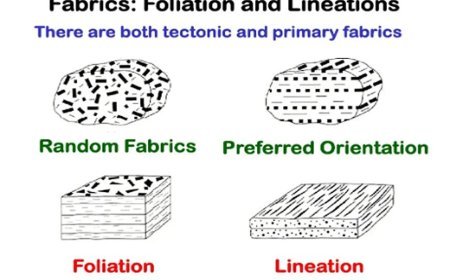TECTONIC PLATES ON THE EARTH
Tectonic plates constantly move, shaping mountains, causing earthquakes, and driving continental drift.

Tectonic plates are on Earth
- The Pacific, North America, Eurasia, Africa, Indo-Australian, Antarctica, and South America are the seven main groups that make up most of the earth's land and the Pacific Ocean.
7 major tectonic plates
1. Pacific Plate
- The Pacific Plate is the biggest of the lithospheric plates.
- It covers 103 million square kilometers. Aside from the places around New Zealand and parts of California west of the San Andreas Fault, the Pacific Plate is mostly an ocean.
- Along its edge, the Pacific Plate has all three types of plate tectonic boundaries. That means its edges are convergent, divergent, and changing, just like the edges of other geological plates.
- The Pacific Plate is moving all the time. Most of the time, the Pacific rate moves 5 to 10 cm per year. But it moves more than 10 cm in some places.
- The Hawaiian Islands are thought to have formed because of the way the Pacific Plate is shaped.
- The Hawaiian Islands were once mountains that grew out of the water over millions of years.
- The Circum-Pacific Belt, also known as the Ring of Fire, is on the Pacific Plate. Along the 25,000-mile length of the Pacific Ocean, there is a line of volcanoes and places where earthquakes happen.
2. The North American Plate
- The North American Plate is the second-biggest continental plate in the world.
- It covers 76 million square kilometers. About 300 billion years ago, when the Earth was much warmer, the North American Plate began to form.
- The region of North America and a part of the Atlantic Ocean are both on this plate. Greenland, the northern Caribbean, parts of Siberia, Iceland, and the Azores in Portugal are all in the continental crust. It also has the northern island of Japan in it.
- All three types of continental lines can be seen on the edges of the North American Plate:
- The San Andreas Fault is a transverse border between the Pacific and North American plates.
- The Pacific and North American plates are coming together near Alaska.
- The line where the North American Plate and the Eurasian Plate meet in the middle of the Atlantic Ocean. This also created the Mid Atlantic Ridge, which is a group of submerged hills in the Atlantic.
- About 2.3 cm per year, the North American Plate moves west to southwest. It may look like this is moving slowly, but these changes can make amazing geological sub-provinces over geologic time scales.
3. Eurasian Plate
- The third-biggest continental plate, the Eurasian Plate, covers all of Asia and Europe. England, Germany, Norway, Sweden, Finland, Austria, Poland, and Ukraine are some of the European countries that are on the plate.
- Part of the Eurasian Plate are also Kazakhstan, Uzbekistan, Turkmenistan, and Mongolia, which are all in Central Asia.
- It is 67.8 million square kilometers in size and is surrounded on three sides by the North American Plate and the African Plate.
- The Arabian, Indian, and Sunda plates are to the south, and the Philippine Sea plate is being pushed under the Earth's surface on the east.
- A lot of volcanoes, triple junctions, seismically active faults, flood island basalts, and accretionary wedges are found on the Eurasian Plate. The most busy plate borders are in the south and east.
- The rising of the Himalayas is the most well-known geological feature linked to the Eurasian Plate. The Himalayan mountain range was formed when the Indian Plate and the Eurasian Plate crashed into each other about 50 million years ago.
- At a rate of 3 cm per year, the Eurasian Plate is moving away from the North American Plate.
4. African Plate
- With an area of about 61.3 million square kilometers, the African Plate is the world's fourth-biggest plate tectonic block.
- A lot of the Atlantic and Indian Oceans are part of it, as well as the whole continent of Africa.
- Pangaea was a huge supercontinent that formed about 300 million years ago. Africa was in the middle of it. Asia, Antarctica, and South Africa have all broken away from Africa since then. Because of this, the African plate has three mid-ocean ridges (different boundaries) running along its eastern, southern, and western sides.
- The continent moves away from these lines, and hot lava from the volcanoes seeps up, making new seafloor.
- The convergent border is in the north. This is where the African plate slips under the Eurasian plate.
- Geologists think that the African plate is breaking apart more slowly than they thought. The East African Rift (EAR), also known as the Afro-Arabian Rift Valley, is where the movements of Eastern and Western Africa meet.
- Scientists aren't sure if Africa is made up of two tectonic plates or if the continent is actually splitting in half because of the tear that keeps getting bigger.
- A study that was just released in Nature Communications showed that over the last 200 million years, large parts of the African Plate have been lost.
5. Antarctic Plate
- The Antarctic Plate is the world's southernmost plate and the fifth-biggest plate in the world.
- It covers about 60.9 million square kilometers, which is about the size of the landmass of Antarctica plus the area under the seas around it.
- It used to be that Antarctica was a part of Gondwanaland, which was the southern half of the Pangaean supercontinent.
- Over time, Antarctica moved southward and separated from the other continents. It got to where it is now about 30 to 60 million years ago.
- The African Plate, the South American Plate, the Nazca Plate, the Indo-Australian Plate, and the Scotia Plate are all on the edges of the Antarctic Plate. It makes the Pacific-Antarctic Bridge by being next to the Pacific Plate.
- The West Antarctic, which consists of numerous partially submerged microplates, and the East Antarctic, which consists of a sizable craton split in half by the West Antarctic Rift System, are the two distinct regions that make up the Antarctic Plate.
- The plate is thought to be moving very slowly toward the Atlantic Ocean, about 1 cm per year.
6. Indo-Australian Plate
- It is the second-smallest tectonic plate in the world, covering about 58.9 million square kilometers.
- About 40 to 43 million years ago, the Indian Plate and the Australian Plate joined together to make it. From Australia to the Indian region, the Indo-Australian Plate is there.
- Some parts of Antarctica are in the south. In the north are the Indonesian Islands and New Guinea, and in the east is New Zealand.
- The Indian-Australian Plate is moving northeast at a rate of 5 to 7 centimeters per year at the moment.
- The plate is being pushed under the ocean floor along the Pacific Ring of Fire, which is one of the forces that is moving it.
- The plate's upper layer, on the other hand, moves more slowly, only about 2 to 3 cm per year.
7. South American Plate
- The tectonic plate that covers 43 million square kilometers is the South American plate. Among the plates, it is the smallest.
- Pangea broke apart into several plates about 200 million years ago. This is one of them. It includes both a land area (South America) and a water area (South Atlantic).
- In the east, the African plate meets the Nazca plate. In the west, the Antarctic plate meets the Scotia plate. In the south, the Caribbean plate meets the North American plate.
- The longest convergent border is between the South American Plate and the Nazca Plate.
- It forms the Andes Mountains, which are over 7000 km long. More active volcanoes and seismic action happen where plates are coming together.
- For example, the Andes Mountain range has more than 200 active volcanoes because the Nazca plate and the South American plate are coming together.
What's Your Reaction?



































